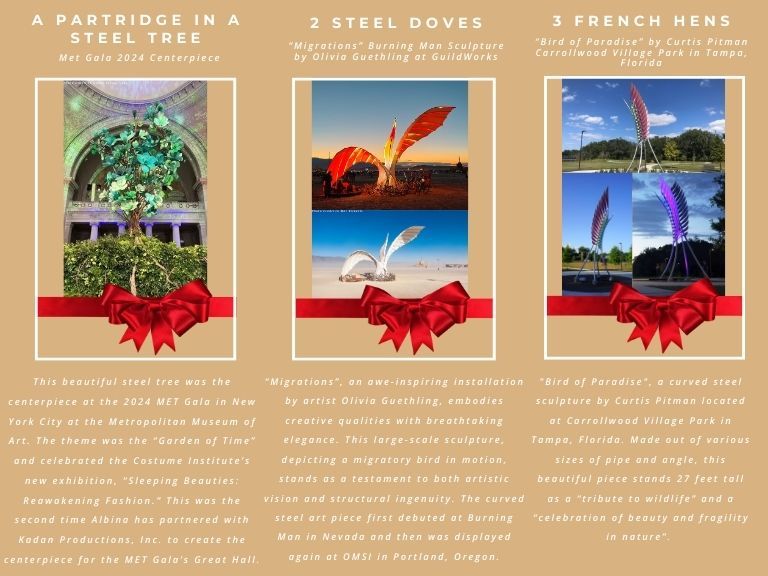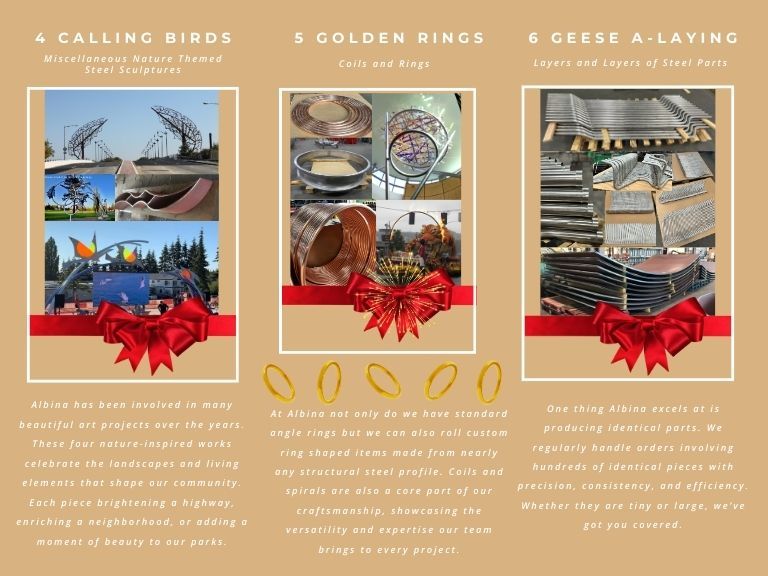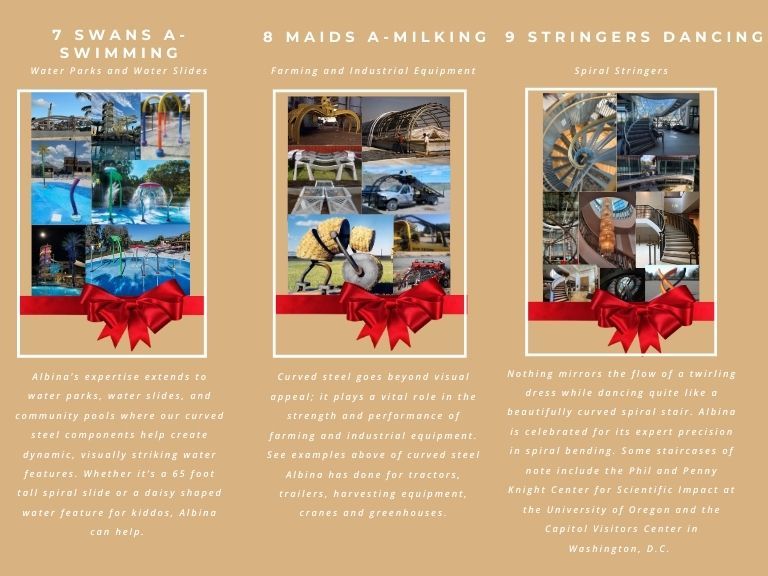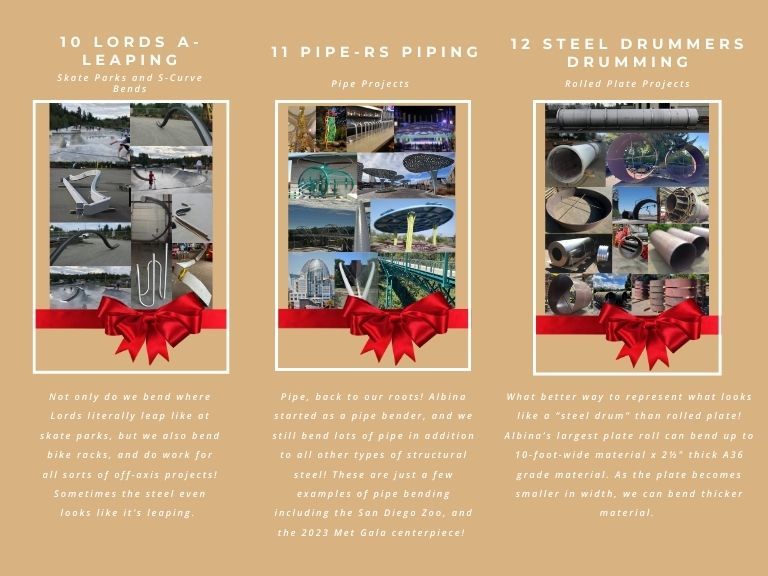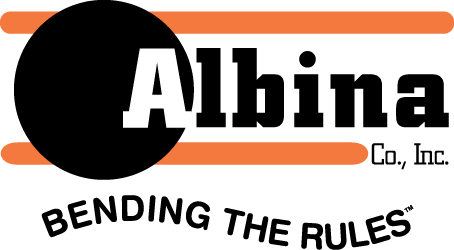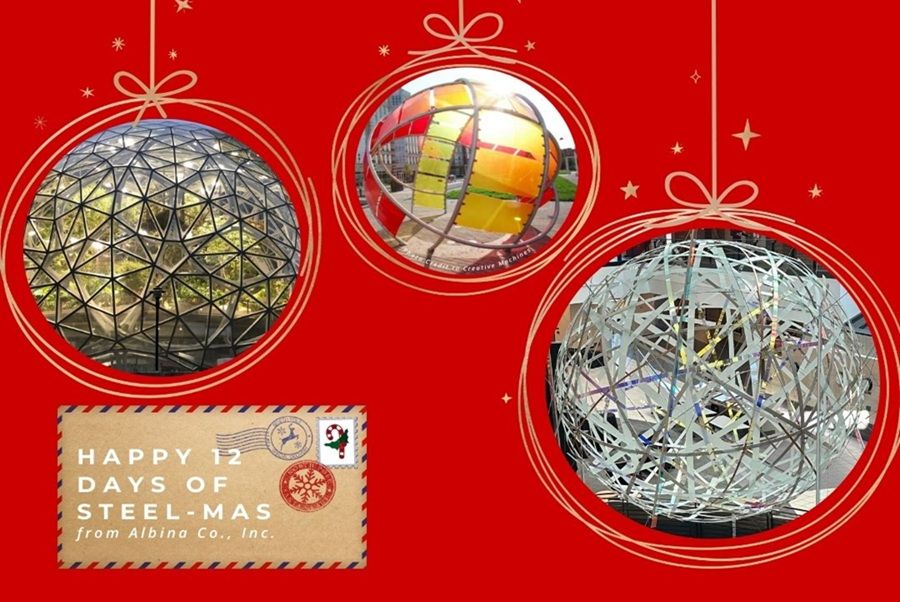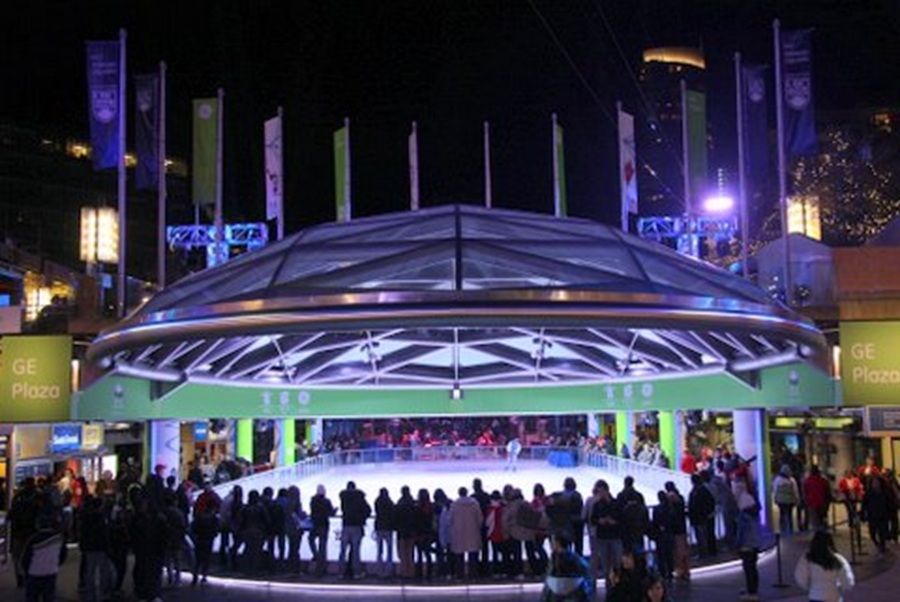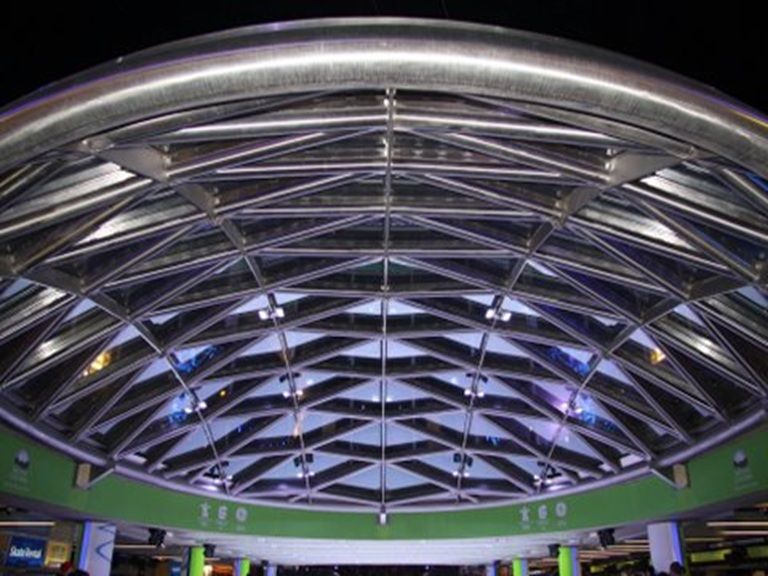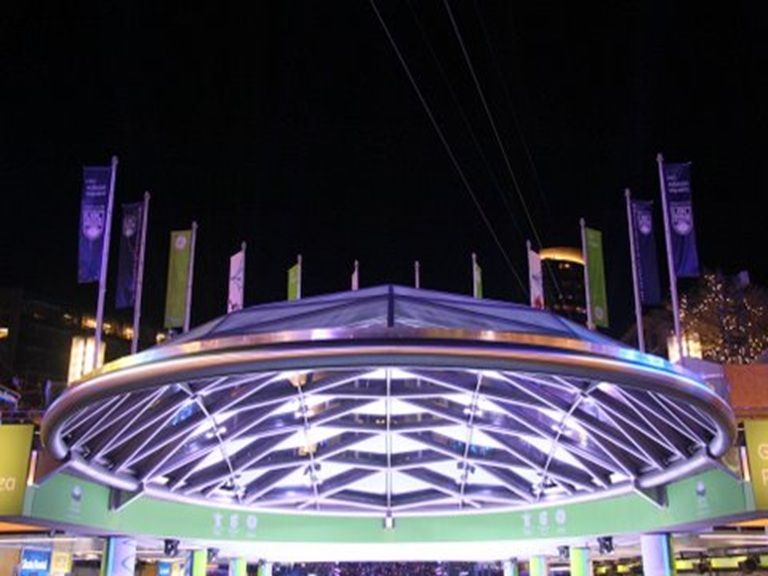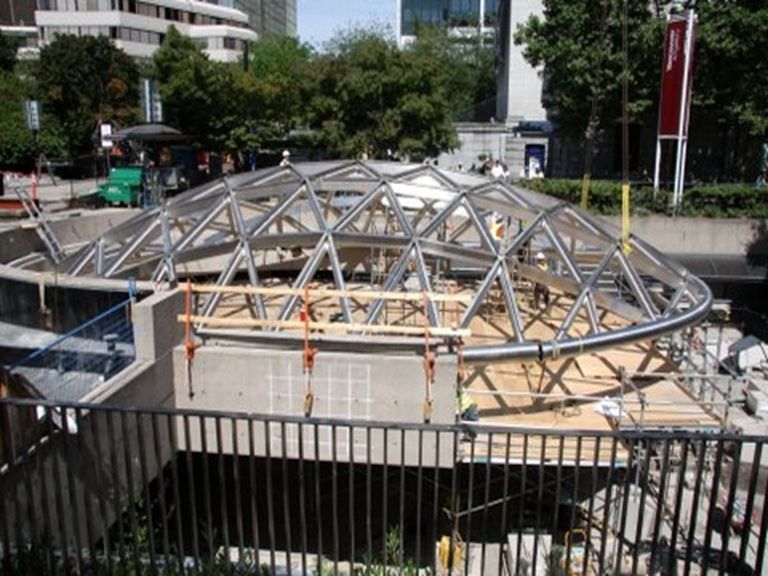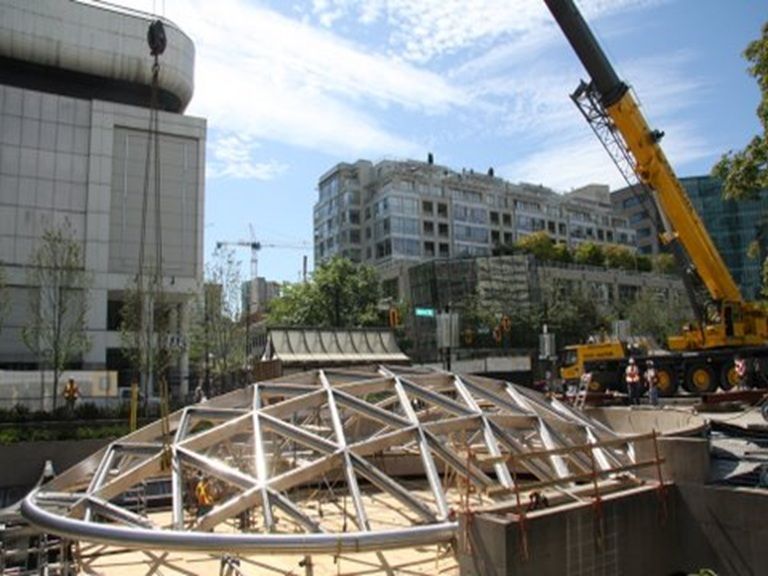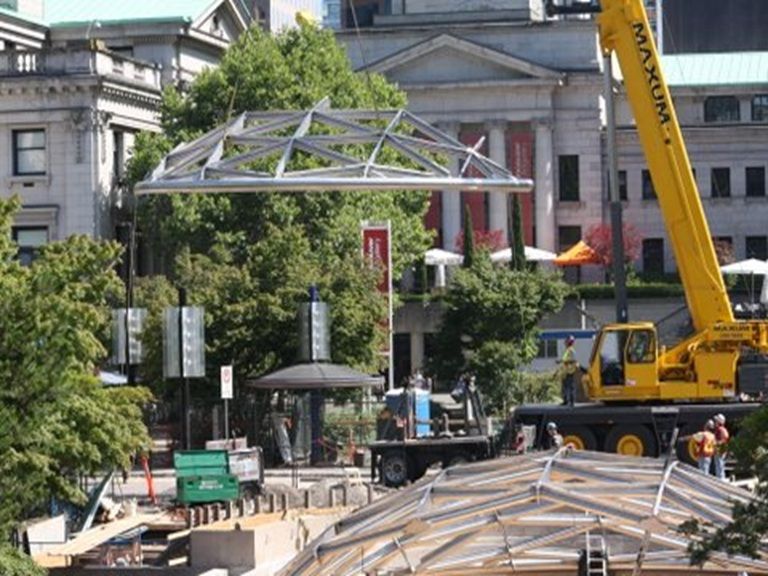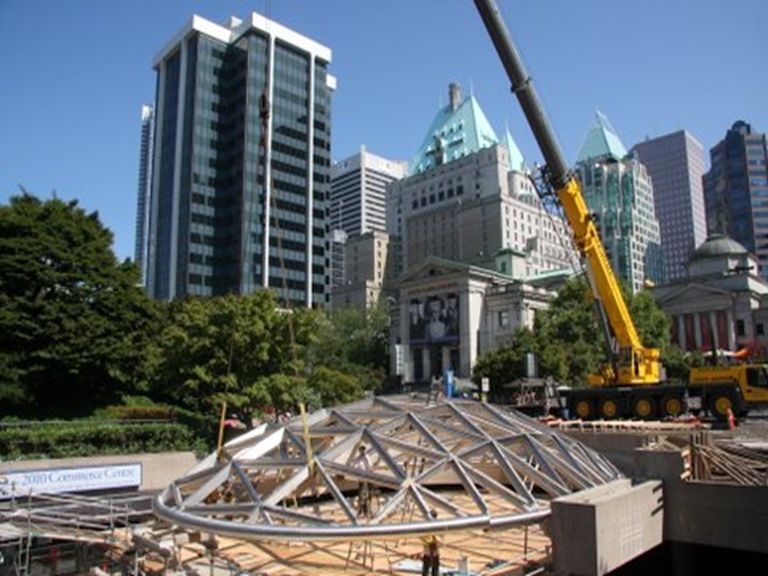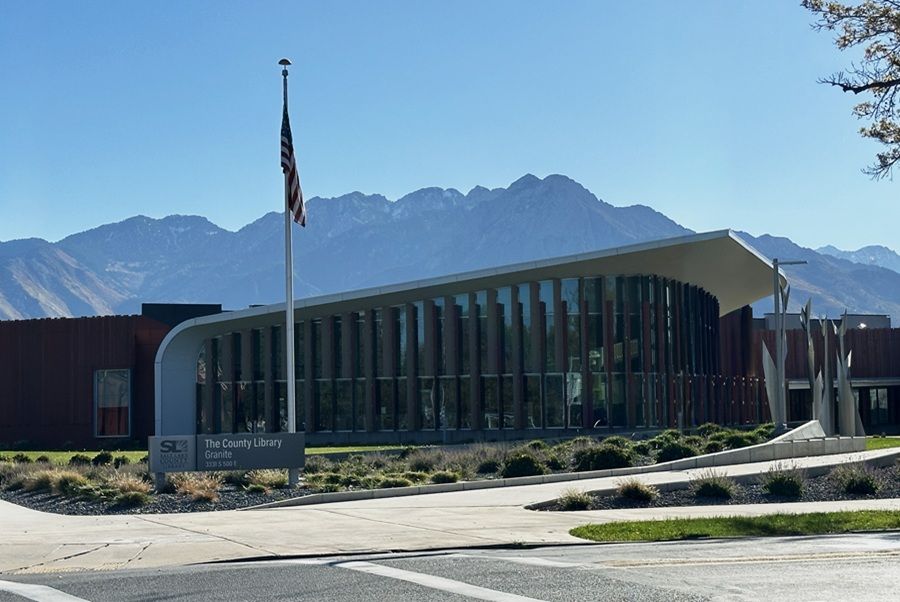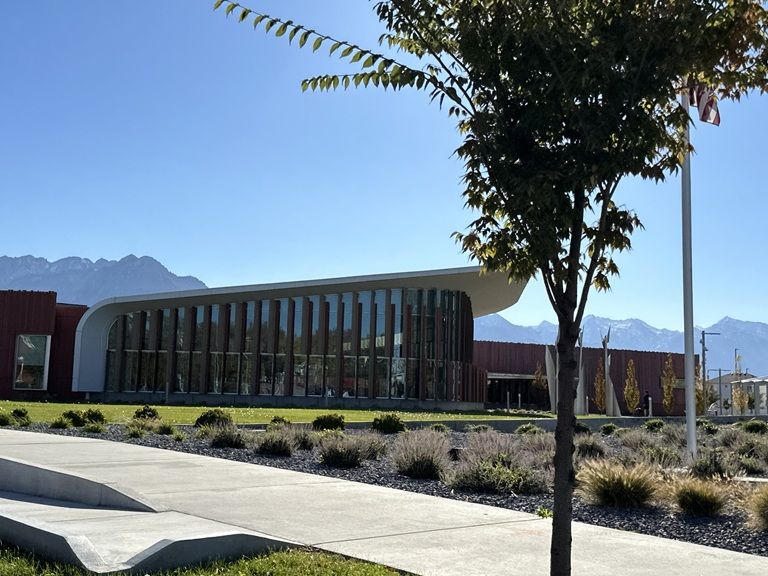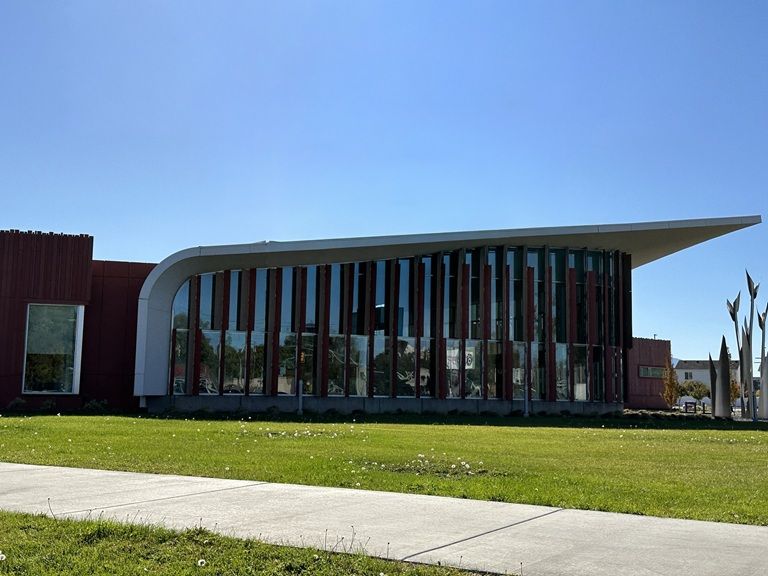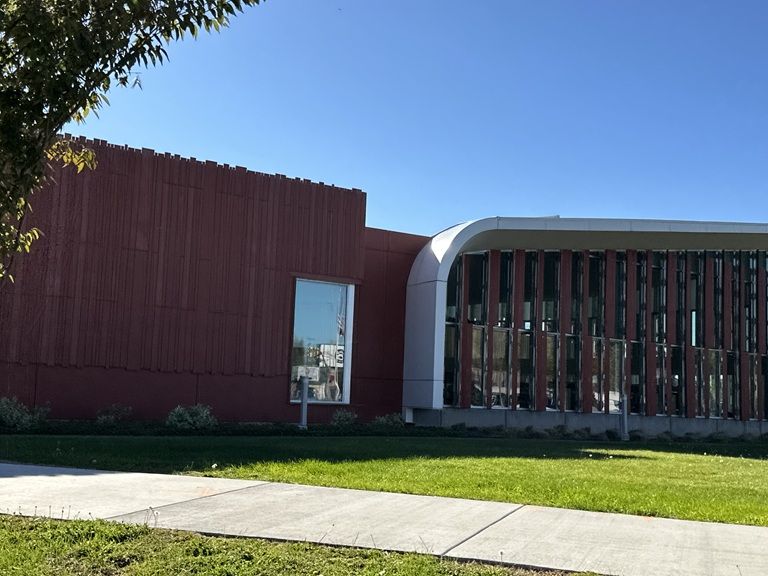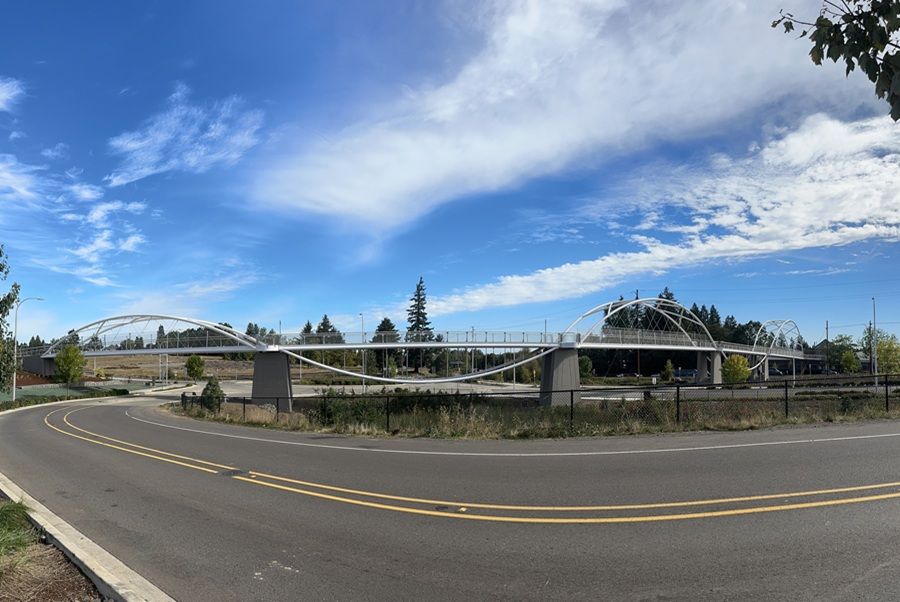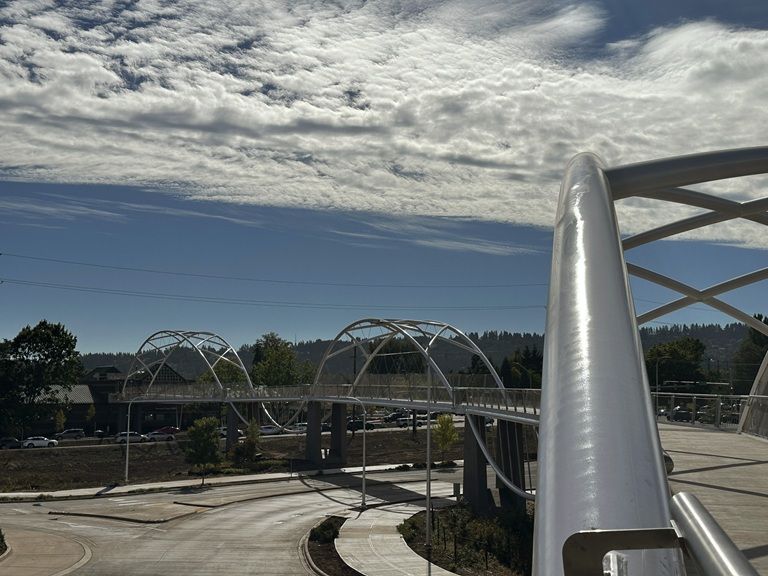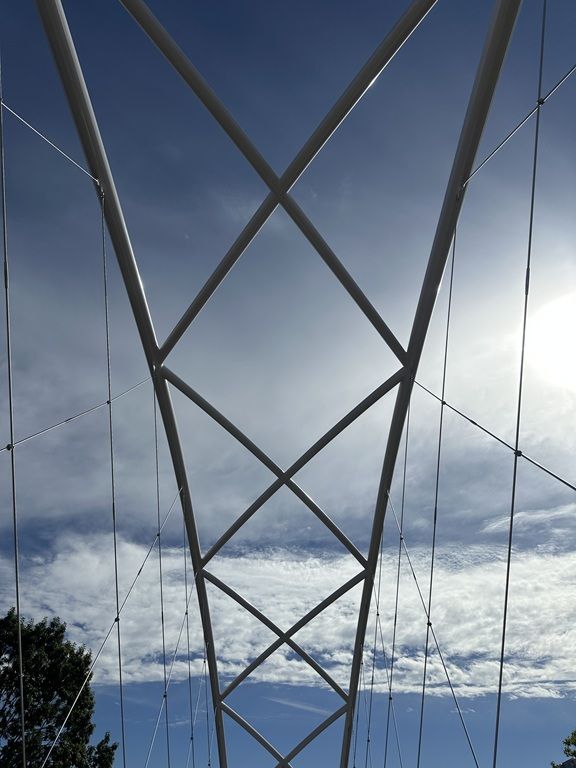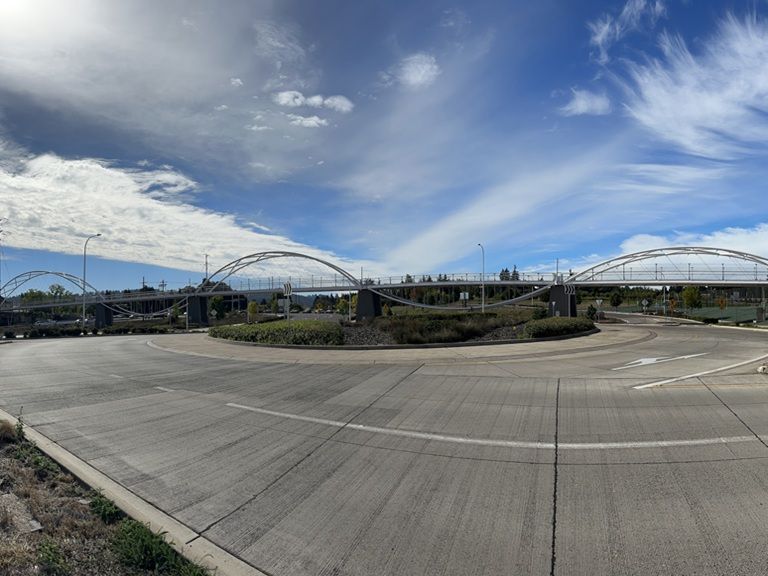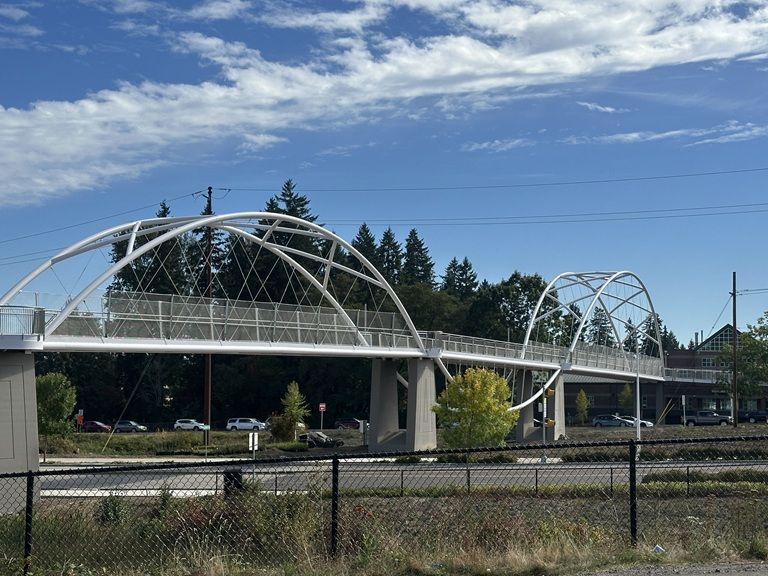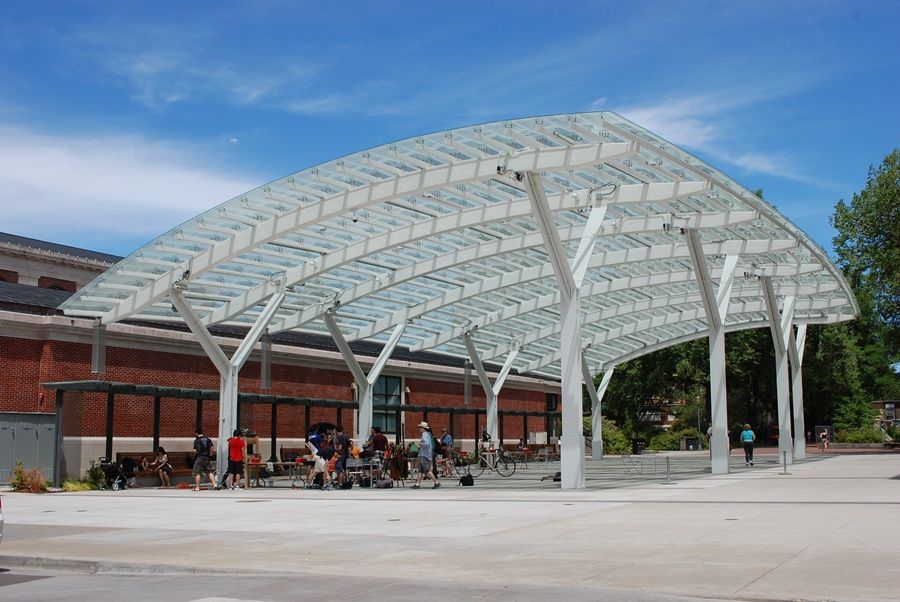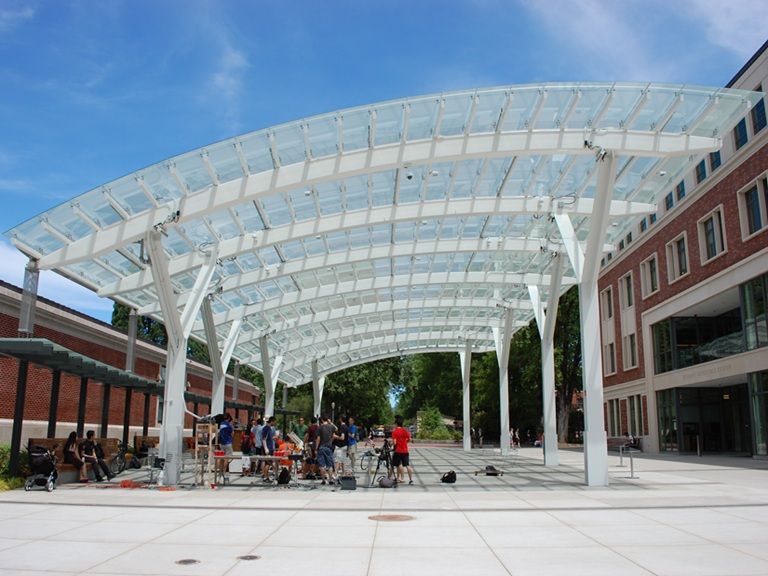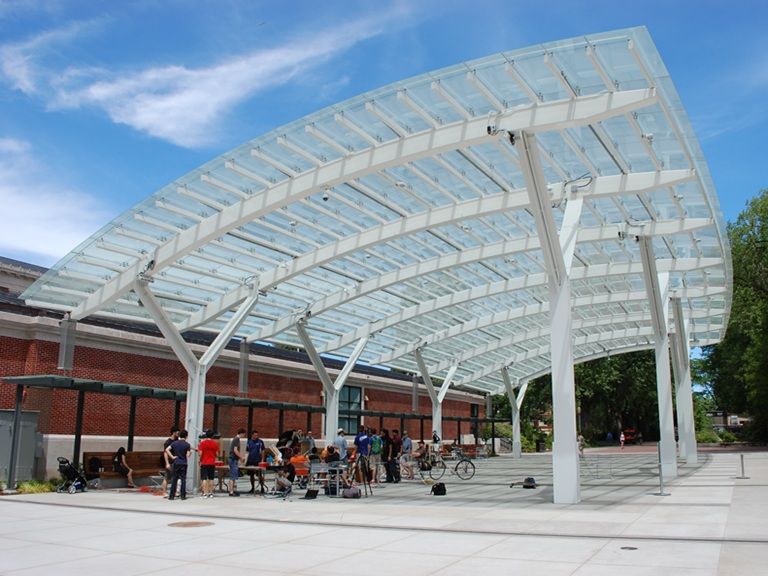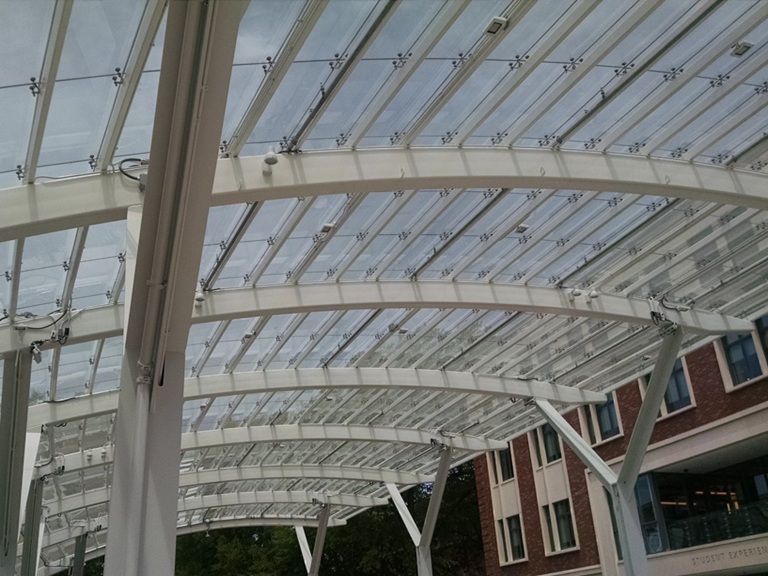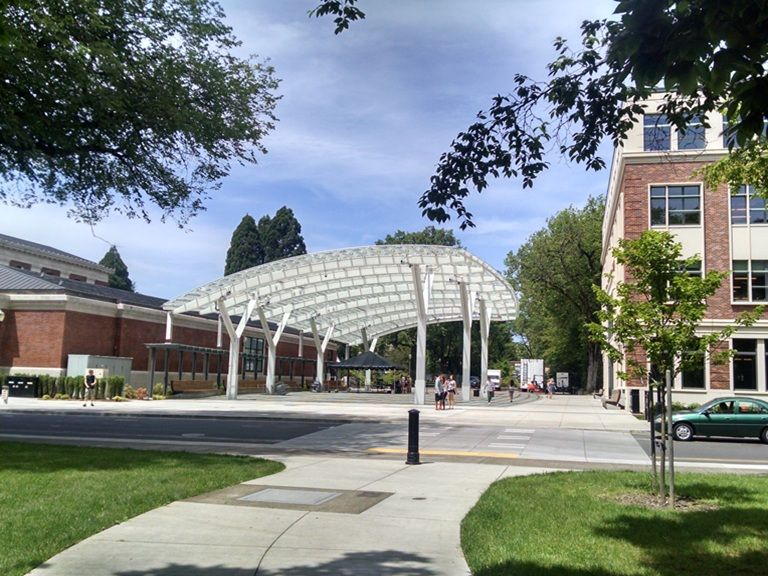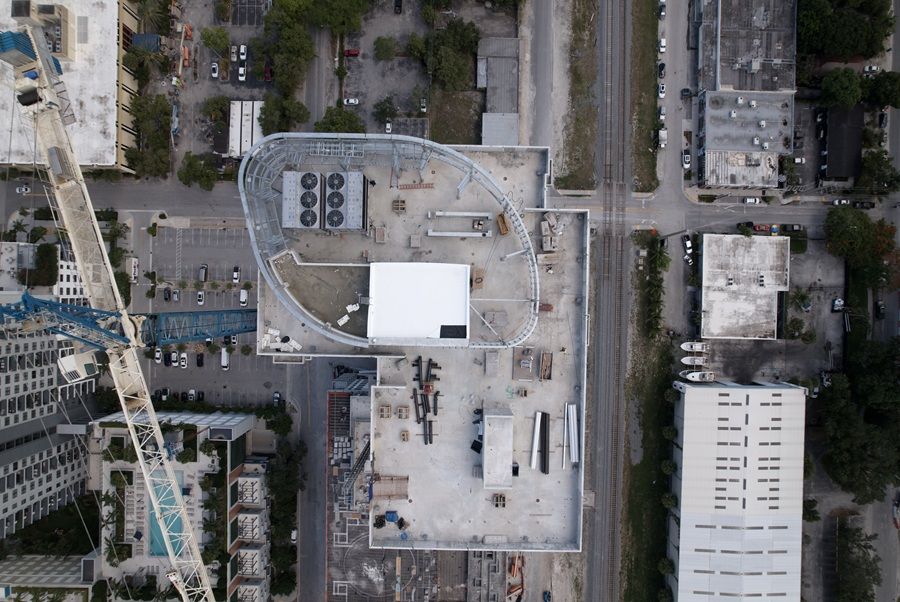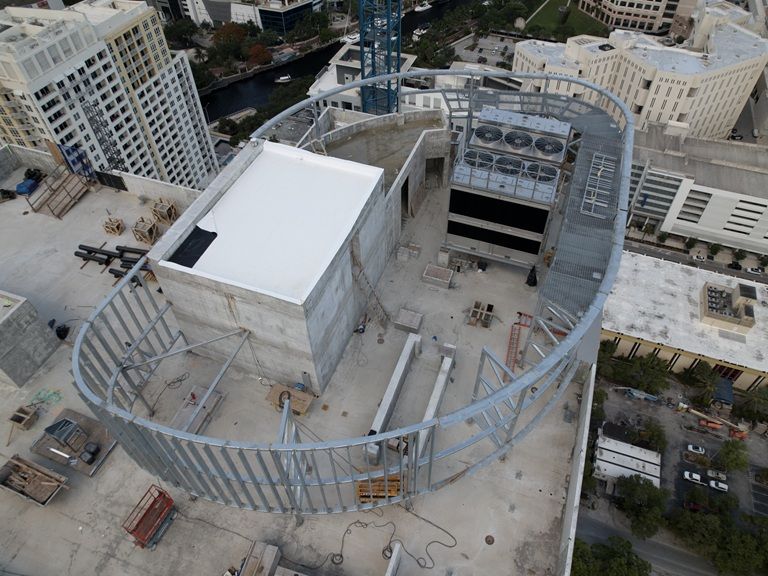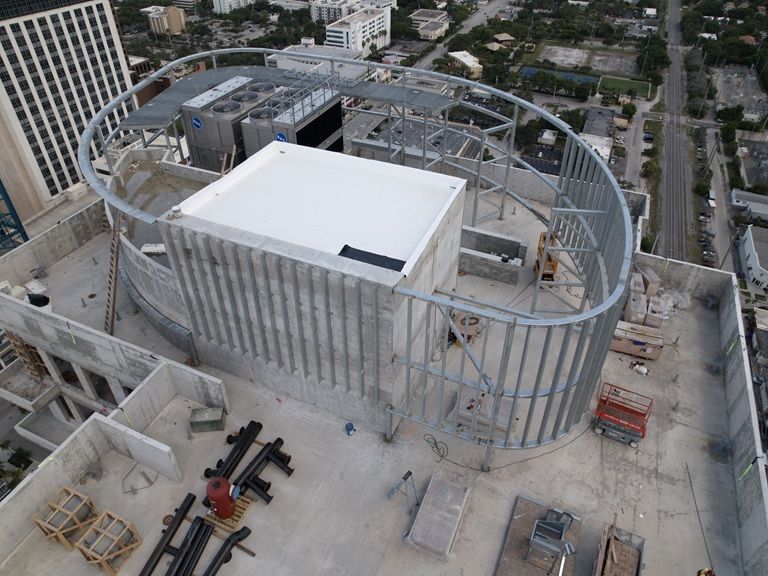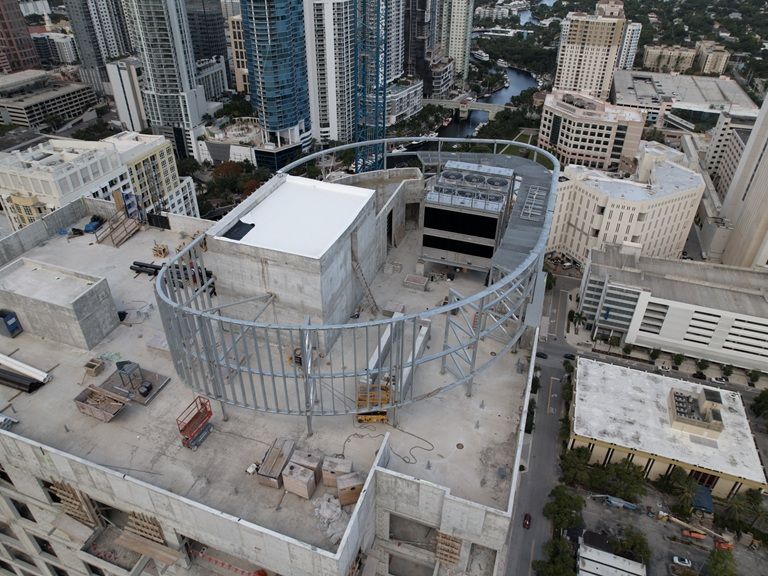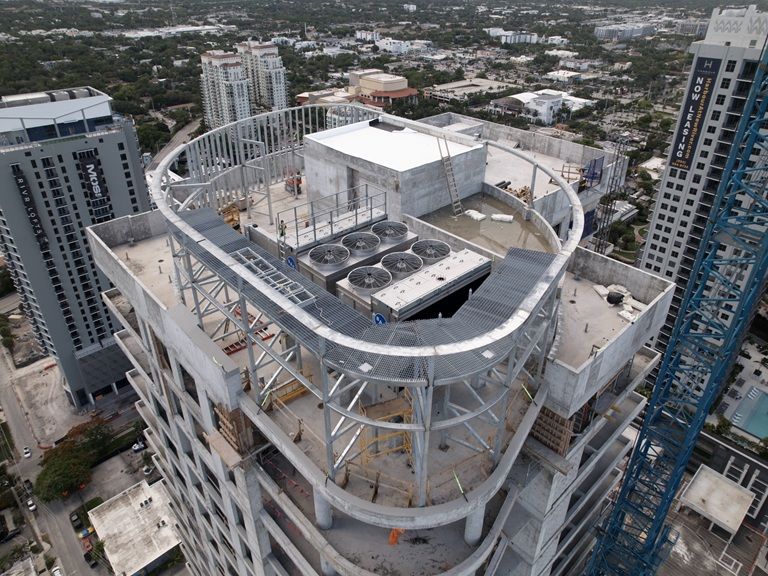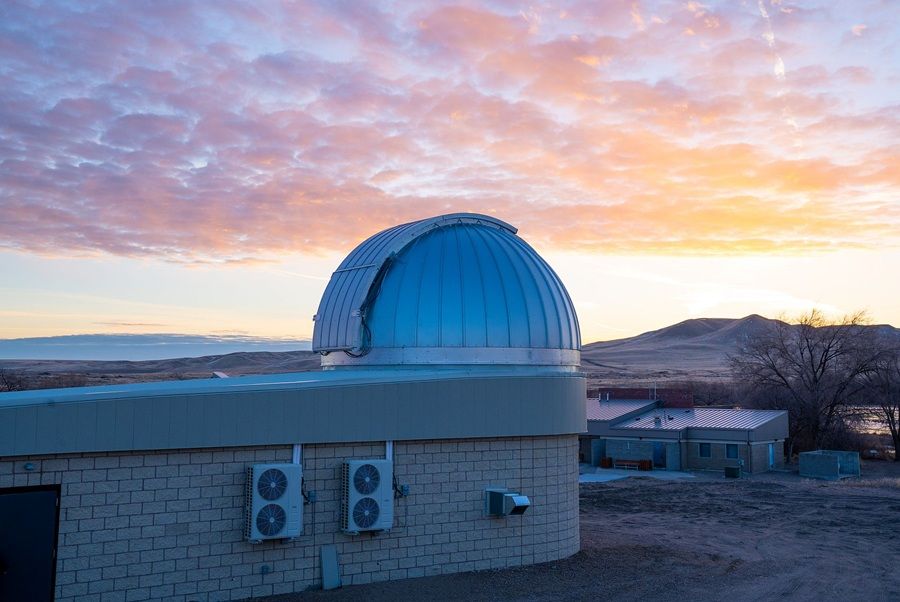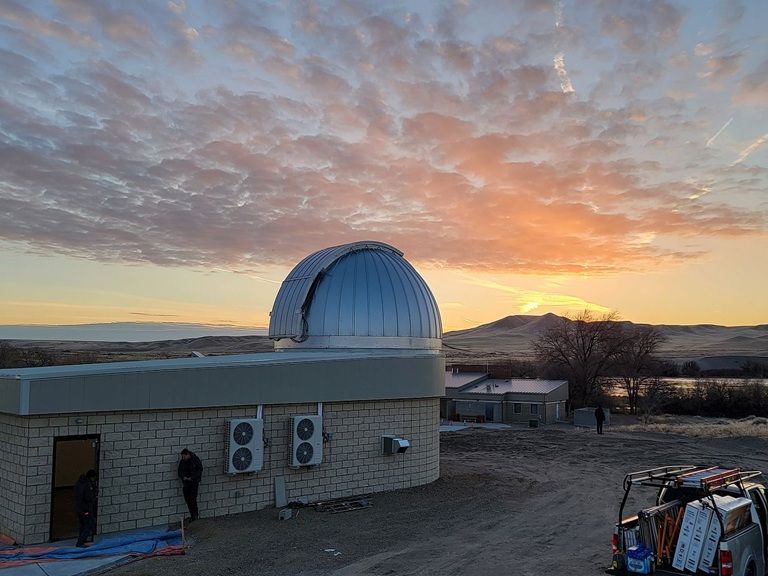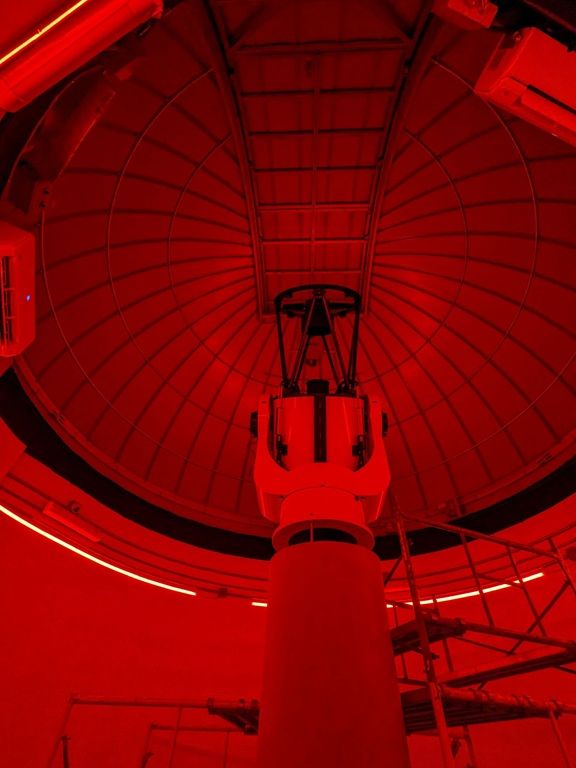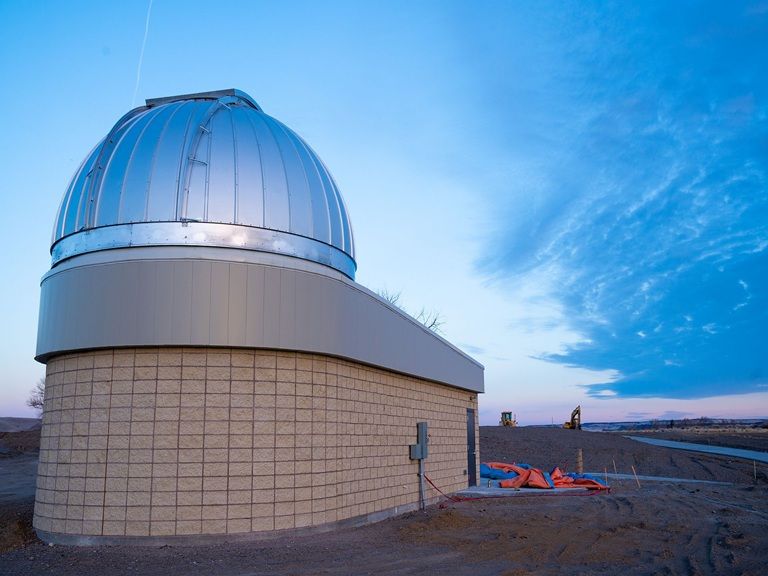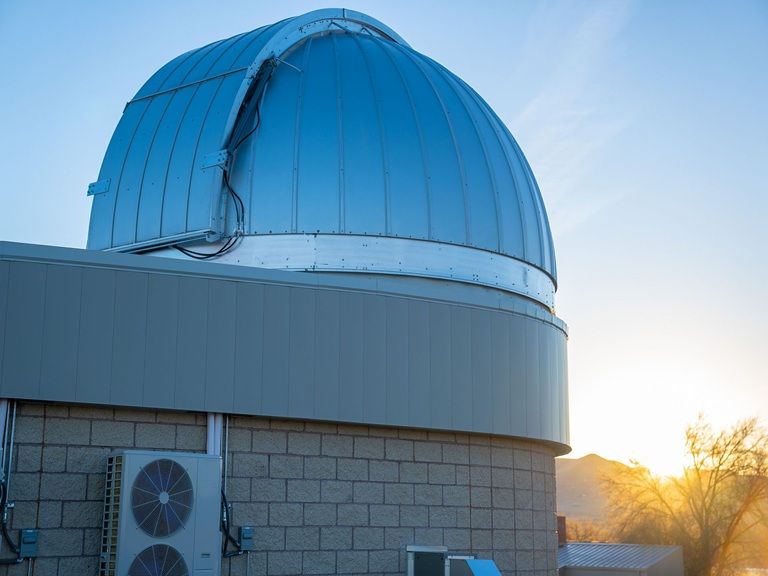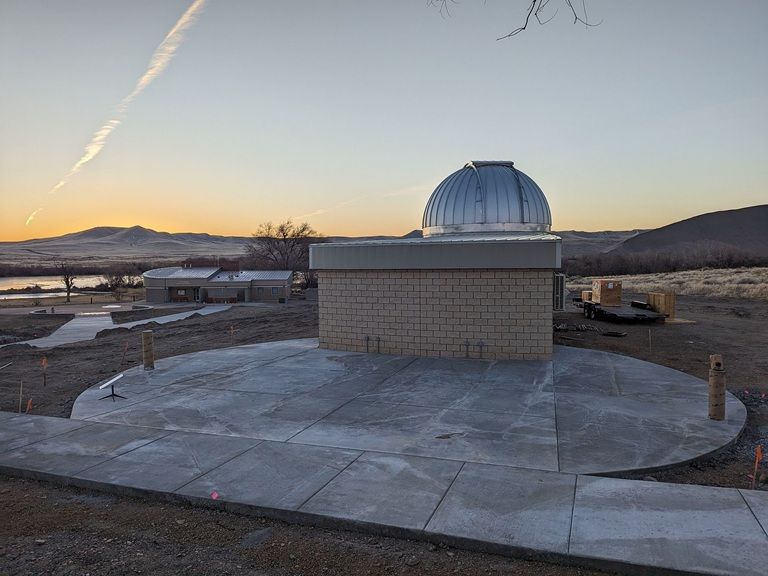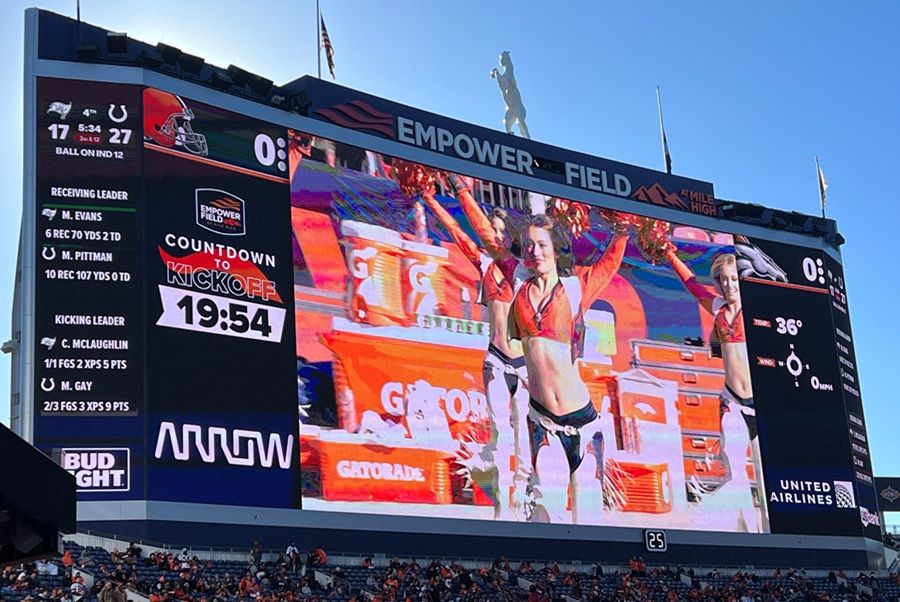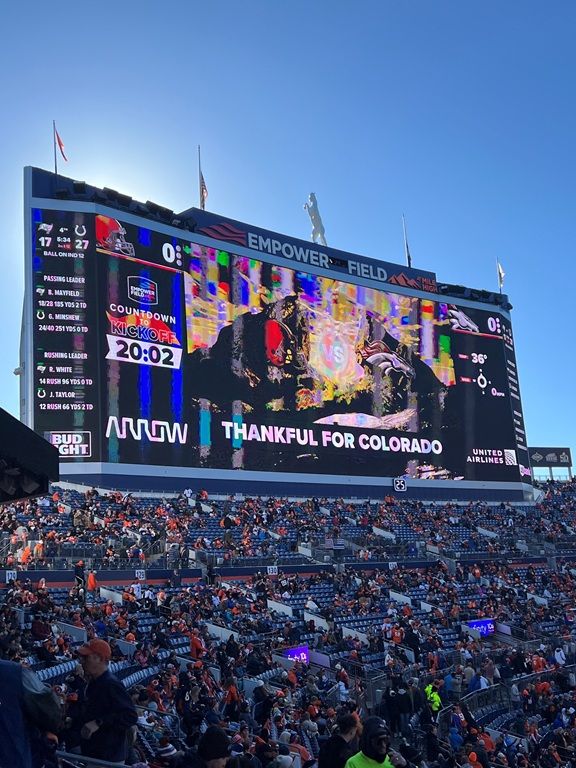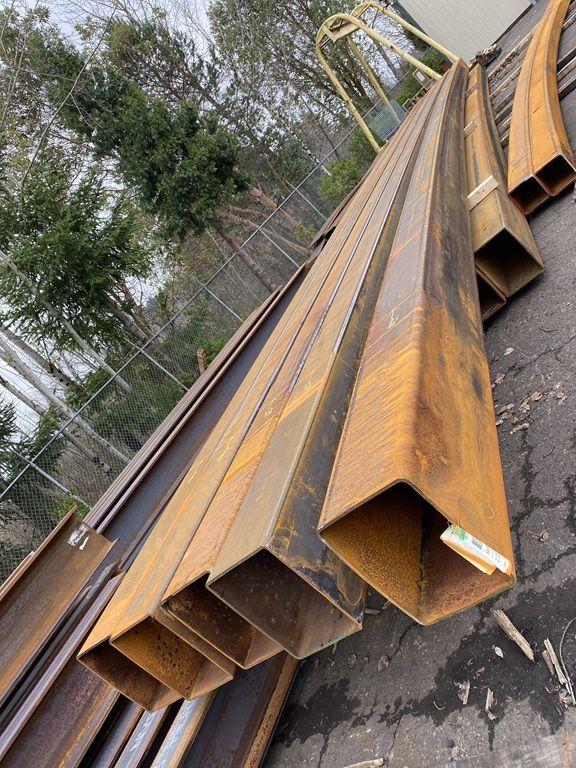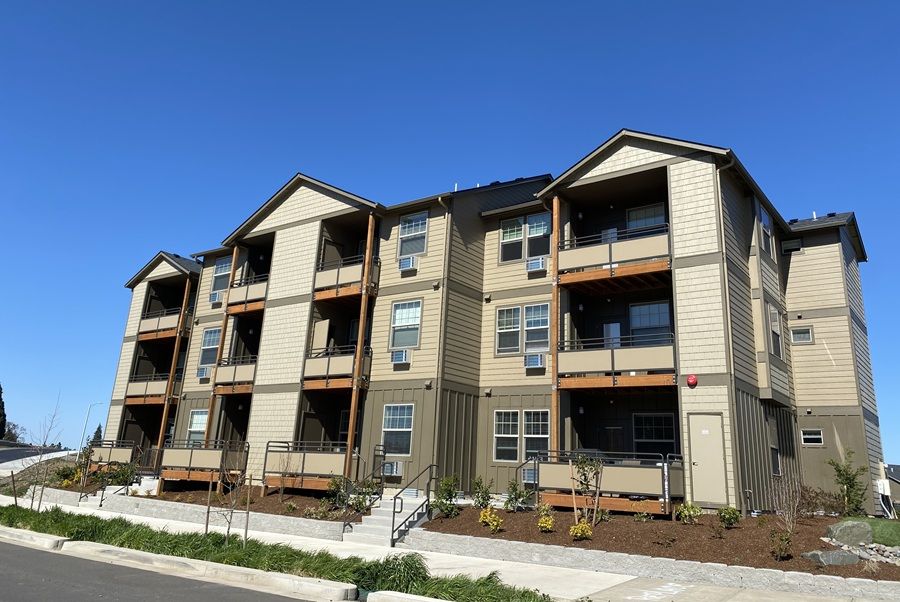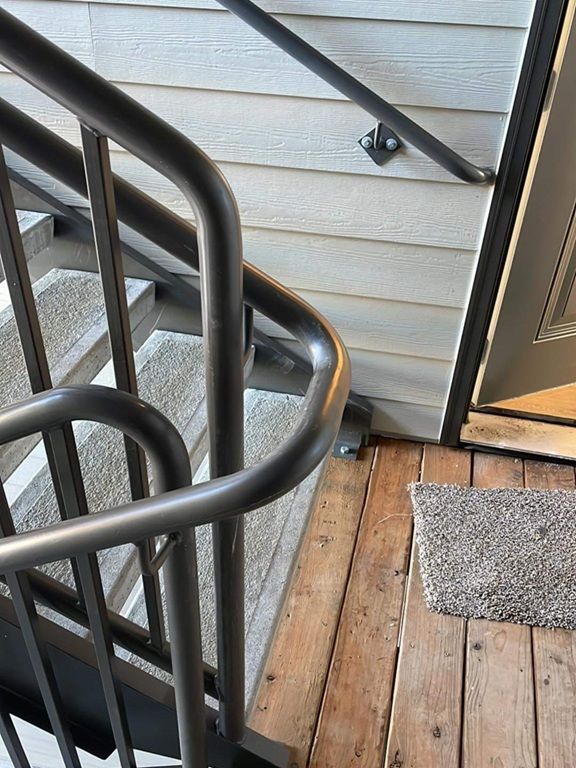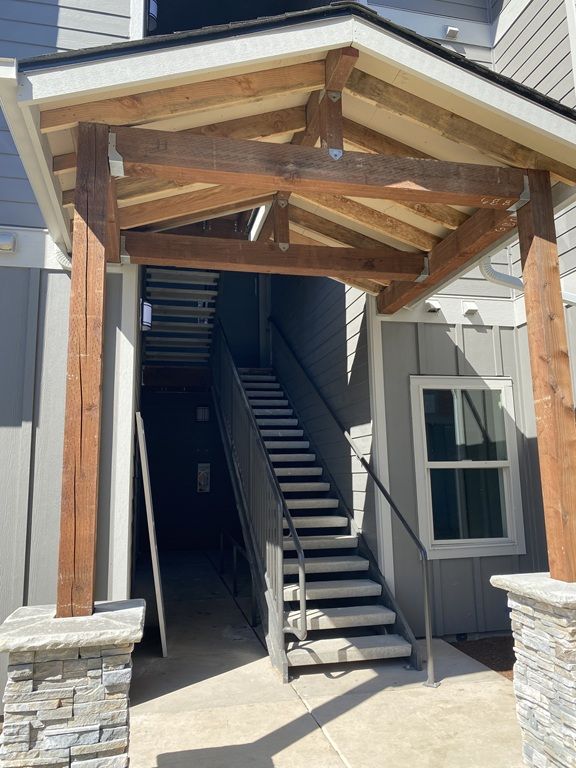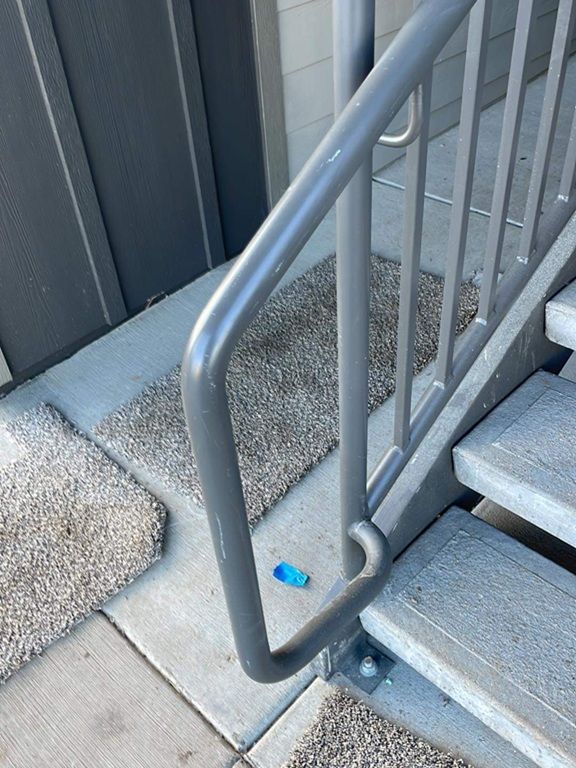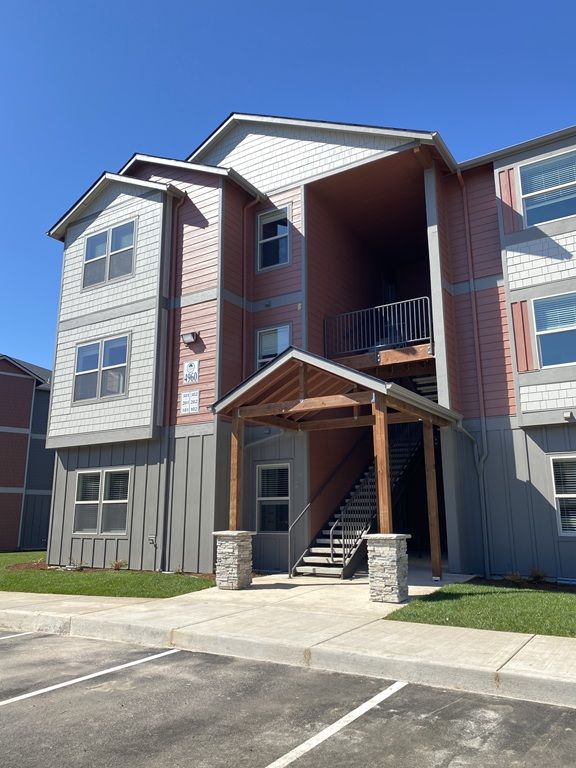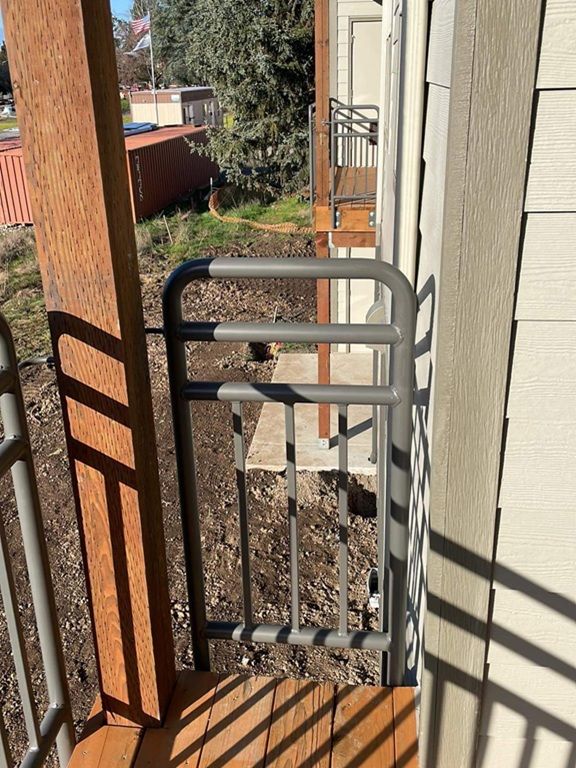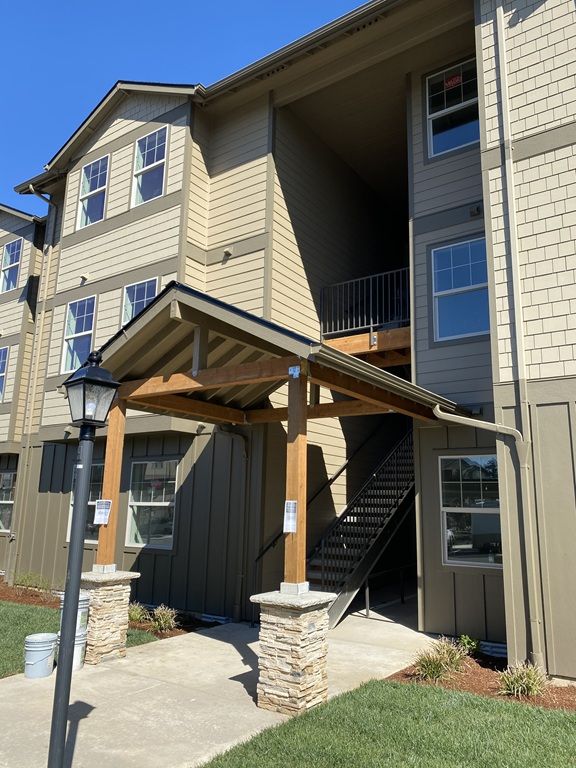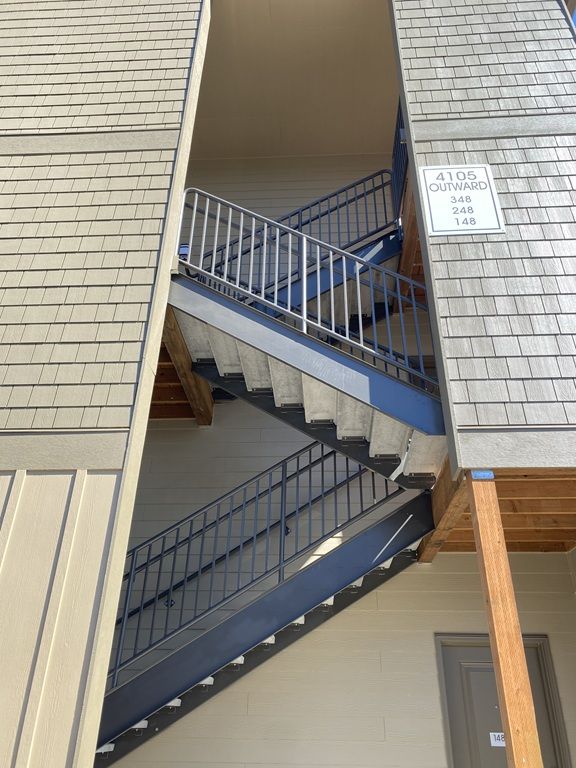Happy 12 Days of Steel-mas from Albina Co!
Be sure to check out our social media sites for the video version.
Youtube: @AlbinacoSteelBending
A Partridge in a Steel Tree: This beautiful steel tree was the centerpiece at the 2024 MET Gala in New York City at the Metropolitan Museum of Art.
2 Steel Doves: “Migrations”, an awe-inspiring installation by artist Olivia Guethling, embodies creative qualities with breathtaking elegance. The curved steel art piece first debuted at Burning Man in Nevada and then was displayed again at OMSI in Portland, Oregon.
3 French Hens: “Bird of Paradise”, a curved steel sculpture by Curtis Pitman located at Carrollwood Village Park in Tampa, Florida.
4 Calling Birds: Albina has been involved in many beautiful art projects over the years. These four nature-inspired works celebrate the landscapes and living elements that shape our community.
5 Golden Rings: At Albina not only do we have standard angle rings but we can also roll custom ring shaped items made from nearly any structural steel profile. Coils and spirals are also a core part of our craftsmanship.
6 Geese A-Laying: One thing Albina excels at is producing identical parts. We regularly handle orders involving hundreds of identical pieces with precision, consistency, and efficiency. Whether they are tiny or large, we’ve got you covered.
7 Swans A-Swimming: Albina’s expertise extends to water parks, water slides, and community pools where our curved steel components help create dynamic, visually striking water features. Whether it’s a 65 foot tall spiral slide or a daisy shaped water feature for kiddos, Albina can help.
8 Maids A-Milking: Curved steel goes beyond visual appeal; it plays a vital role in the strength and performance of farming and industrial equipment. See examples above of curved steel Albina has done for tractors, trailers, harvesting equipment, cranes and greenhouses.
9 Stringers Dancing: Nothing mirrors the flow of a twirling dress while dancing quite like a beautifully curved spiral stair. Some staircases of note include the Phil and Penny Knight Center for Scientific Impact at the University of Oregon and the Capitol Visitors Center in Washington, D.C.
10 Lords A-Leaping: Not only do we bend where Lords literally leap like at skate parks, but we also bend bike racks, and do work for all sorts of off-axis projects! Sometimes the steel even looks like it’s leaping.
11 Pipe-rs Piping: Pipe, back to our roots! Albina started as a pipe bender, and we still bend lots of pipe in addition to all other types of structural steel! These are just a few examples of pipe bending including the San Diego Zoo, and the 2023 Met Gala centerpiece!
12 Steel Drummers Drumming: What better way to represent what looks like a “steel drum” than rolled plate! Albina’s largest plate roll can bend up to 10-foot-wide material x 2½" thick A36 grade material. As the plate becomes smaller in width, we can bend thicker material.
